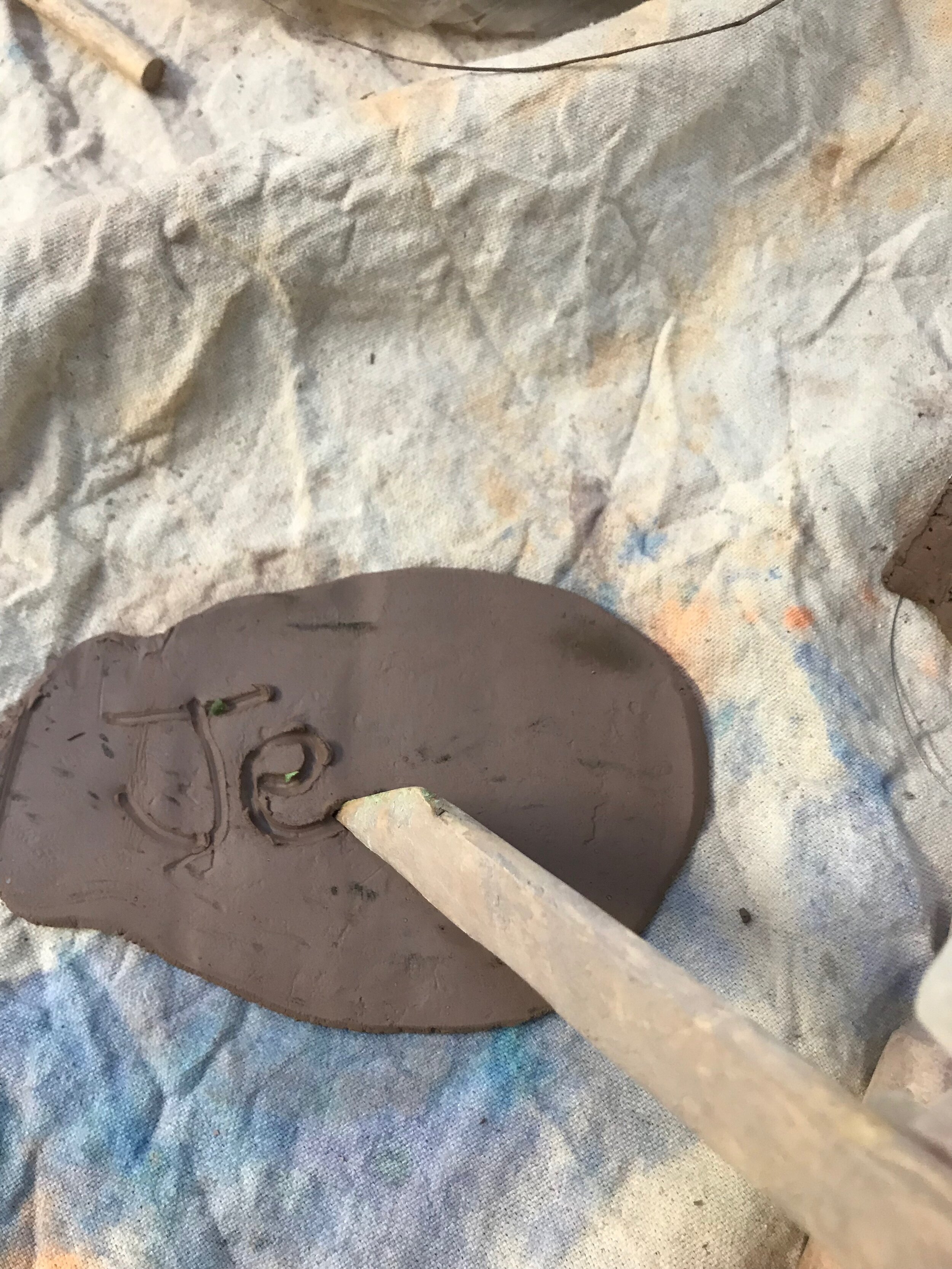Research
Research indicates the benefits of using the arts to help children learn. Parents, we understand that competing with screen time can be challenging. To that end, the step by step instructions in Claynguage are designed to help make your life easier. Different types of clay, a few pottery tools and items in your home environment can be used to help create budding ceramists in a language rich environment with emphasis on vocabulary and oral language skills that are critical for children's later success.
“..it is easier to integrate multiple sources of information during learning when the material is physically integrated auditorily and visually than when information is presented to each modality separately (Mousavi, Low and Sweller, 1995). This statement helps explain how Claynguage with its auditory, visual, kinesthetic, tactile cues can help children learn and retain information.
Judith R. Birsh states “Multisensory teaching and learning is a form of direct instruction of the phonologic, morphemic, semantic and syntactic layers of language. Multisensory strategies simultaneously involve visual, auditory, tactile-kinesthetic sensory Systems and/or articulatory-motor components while linking listening, speaking, reading, and writing; this means it directly involves students in seeing, hearing, saying and writing during instruction.”
Judith R. Birsh Article: "What is Multisensory Structured Language?" Perspectives on Language and Literacy Spring 2019
Mariale M. Hardiman, Ranjini Mahinda JohnBull,Deborah T. CarranAmy Shelton“ (2019) “The effects of arts-integrated instruction on memory for science content.” Trends in Neuroscience and Education 14. 25-32.
Konishi, H., Kanero, J., Freeman, M. R., Hirsh-Pasek, K., & Golinkoff, R. M. (2014). Six principles of language development: Implications for learners of English as a Second Language. Developmental Neuropsychology, 39(5), 404-420.
Anderson, Alida (September, 2017) “How and Why the Arts support Language Learning and Cognition” Psychology Today. Anderson’s research has demonstrated that the arts support conventional literacy skills across different learning abilities. English Language Learners, children in under-resourced environments and children with learning disabilities can benefit. She stated that “all children should have access to the arts as a means to authentic literacy learning”. She also states “By expressing an idea through visual, auditory, kinesthetic and or tactile sensory information a child has more way to map that concept onto language forms.”





